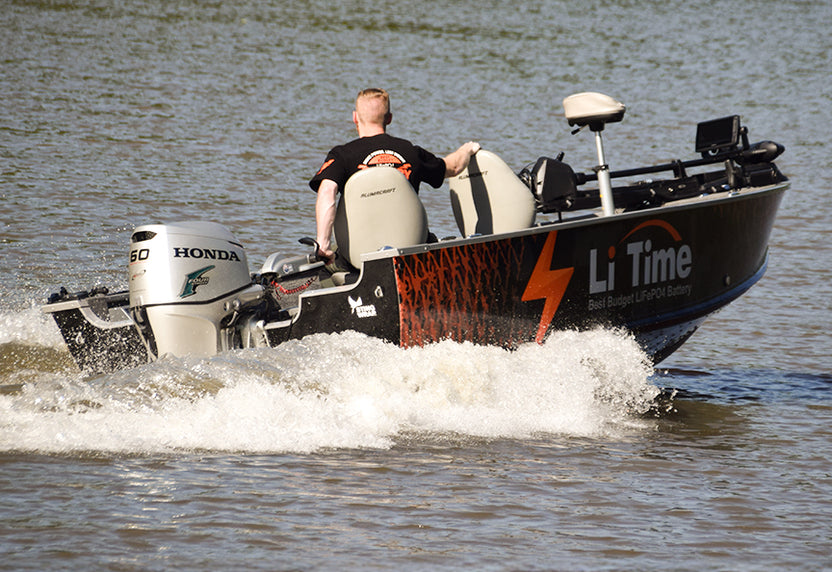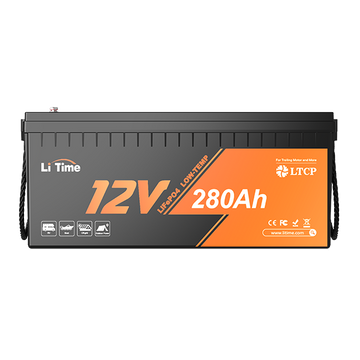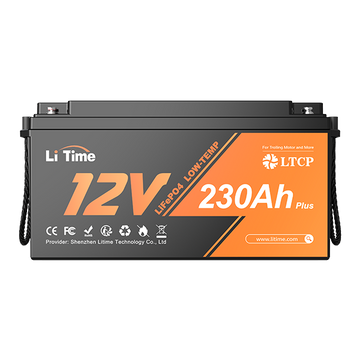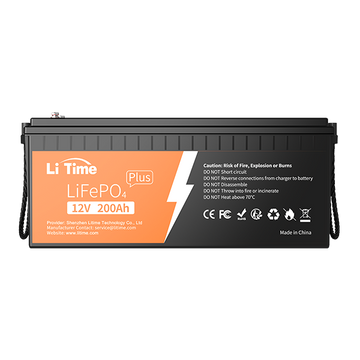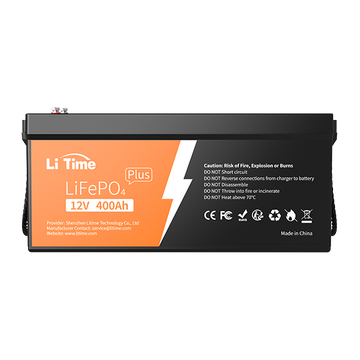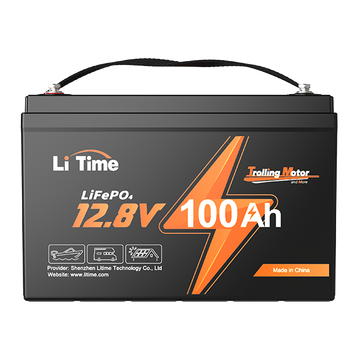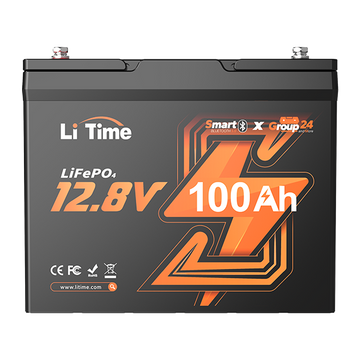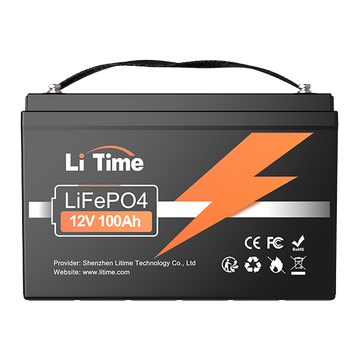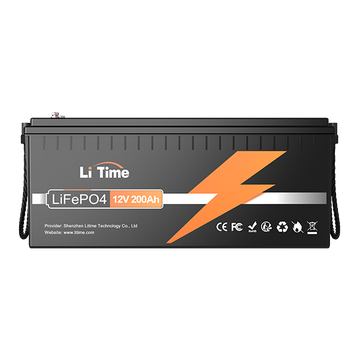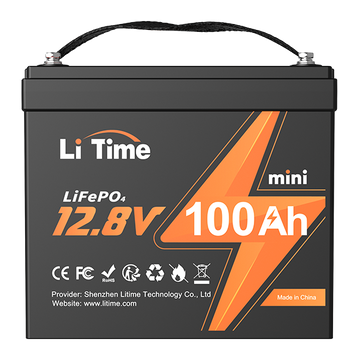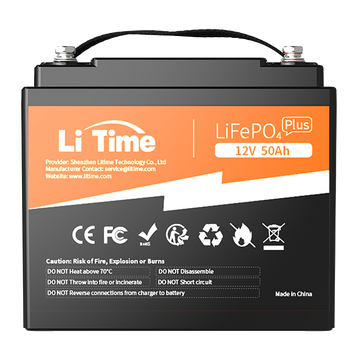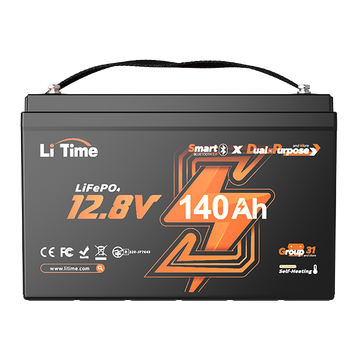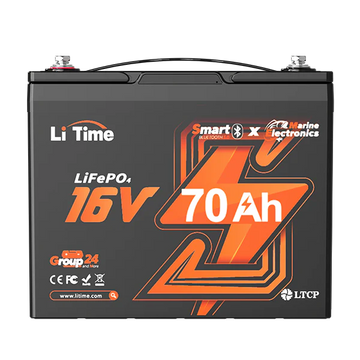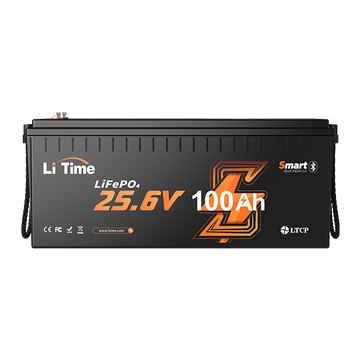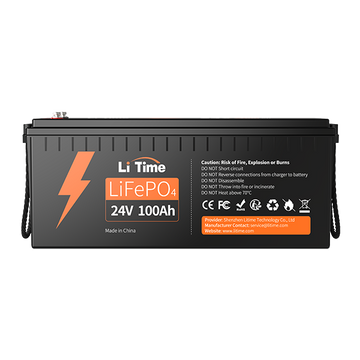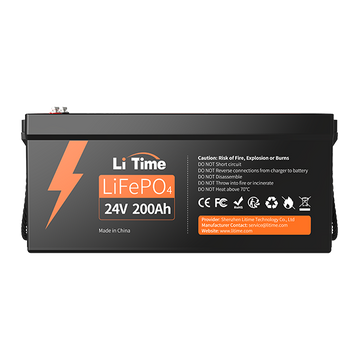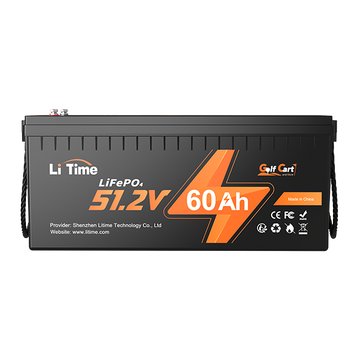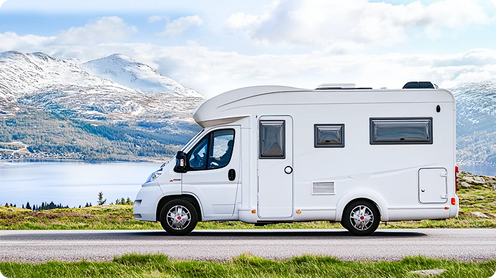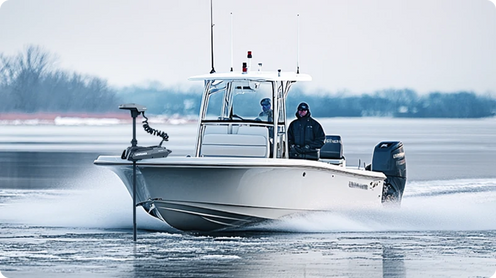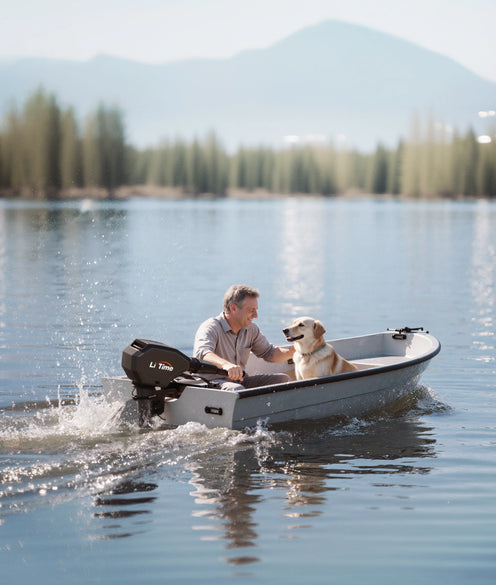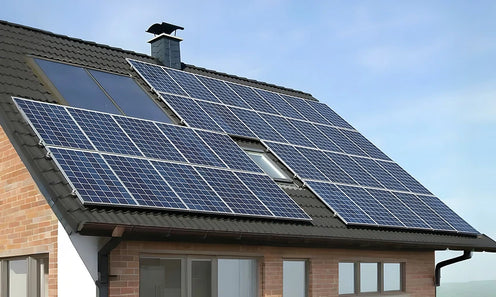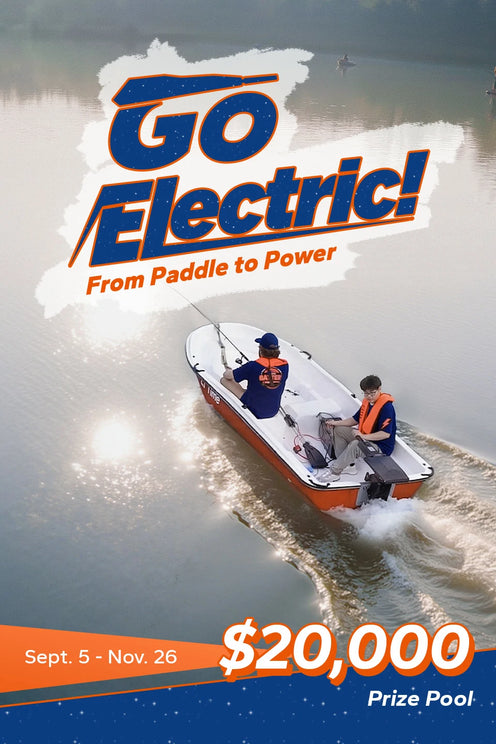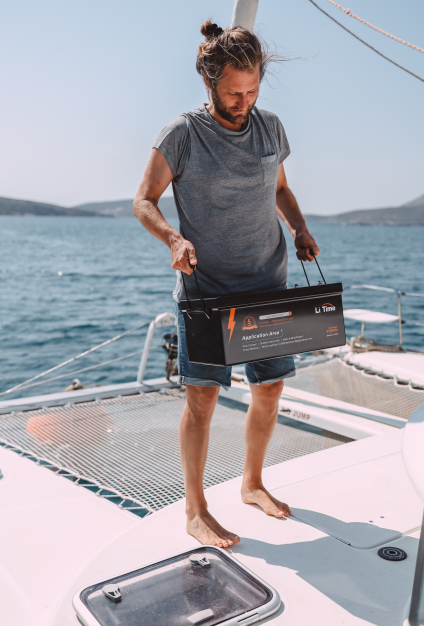Choosing the right power source is one of the most critical decisions you'll make for your boat. It's tempting to look at a more accessible and affordable car battery and wonder, "Will this do the job?" However, the marine environment demands a specialized component designed for its unique challenges.
This guide is designed to clear up the confusion. We will directly compare marine batteries with car batteries, explain the critical differences in design and function, and provide you with a clear, step-by-step framework to select the perfect marine battery for your needs.
Part 1: Core Functions: Why a Marine Battery Isn't a Car Battery
At the most fundamental level, marine batteries and car batteries are engineered for entirely different missions. This primary distinction in purpose dictates every aspect of their design, from internal construction to overall durability.
Understanding these core functions is the first step to appreciating why a specialized marine battery is non-negotiable for your vessel.
Car Battery: Designed for a Single Powerful Burst
A car battery is a specialist with a single, critical task:
- Primary Function: Deliver a very high, short burst of power (known as cranking amps) to start a vehicle's engine.
- Operation Cycle: Once the engine is running, the alternator immediately takes over, both recharging the battery and powering the car's electrical systems.
- Design Philosophy: This "start-and-stop" cycle means car batteries are optimized for quick, massive discharges, not for long-term energy delivery. Their internal plates are thinner to maximize surface area for that initial burst, but this makes them less durable for deep, sustained cycling.
In essence, a car battery is a "sprinter"—built for power and speed, not endurance.
Marine Battery: Engineered for Versatility and Endurance
A marine battery, conversely, is a versatile powerhouse built to handle multiple demanding roles on the water:
- Dual Function: It must start the boat's engine and act as the primary power source for all onboard electronics (e.g., fish finders, bilge pumps, navigation lights) for extended periods.
- Operation Cycle: It is designed for both the initial high-crank demand and, more importantly, for long, slow discharges to run accessories—a capability known as deep cycling.
- Design Philosophy: To fulfill this role, marine batteries are built with robustness in mind. They feature thicker internal plates to withstand repeated charging and discharging, and are constructed to survive the constant vibration and harsh conditions of the marine environment.
Think of a marine battery as a "decathlete"—strong, durable, and equipped to excel in multiple events.
Comparison Table: Marine Battery vs. Car Battery
| Feature | Automotive Battery | Marine Battery |
|---|---|---|
| Primary Role | Engine Starter | Engine Starter & On-Demand Power Source |
| Discharge Type | Short, High-Power Burst | Sustained, Deep Discharge |
| Internal Plates | Thinner, More Numerous | Thicker, Heavier-Duty |
| Vibration Resistance | Standard | Superior (Up to 15x more resistant) |
| Terminal Design | Standard Posts | Corrosion-Resistant, Secure Studs |
| Common Types | Starting Battery | Starting, Deep Cycle, Dual-Purpose |
This foundational difference explains why using a car battery on a boat is a compromise. It forces a component designed for a single, powerful sprint into the role of a long-distance endurance athlete, leading to inevitable failure.
Part 2: Direct Comparison: Can Marine Battery & Car Battery Be Interchanged?
Given their different designs, a common question arises: can these batteries be used interchangeably?
The short answer is that while possible in some scenarios, it is far from ideal and often risky.
Let's break down the specifics.
2.1 The Risks of Using a Car Battery in a Boat
Using a standard car battery on your boat is a significant gamble. While it might start the engine in a pinch, it is not built for marine duties and poses several critical risks:
- Vibration Damage: The constant pounding and vibration in a marine environment can quickly destroy a car battery's thinner, more fragile internal plates. A marine battery is built to be up to 15 times more resistant to vibration.
- Premature Failure from Deep Discharging: If you use the battery to power any electronics (lights, pumps, etc.), you will be deeply discharging it—a task it's not designed for. This rapidly degrades the battery, leading to a very short lifespan.
- Safety Hazard: Most car batteries are not fully sealed. In rough waters or if the boat heels over, they can leak battery acid, creating a dangerous situation for both passengers and the vessel.
- Corrosion and Connection Issues: Marine battery terminals are designed to be more corrosion-resistant and secure. Standard car battery terminals are more vulnerable to saltwater corrosion, which can lead to poor connections and power failure.
2.2 Is a Marine Battery Suitable for a Car?
The reverse scenario is less risky but generally inefficient. Here’s what you need to consider:
- Will it Work? Yes, in many cases. A marine starting battery or a dual-purpose marine battery with sufficient Cold Cranking Amps (CCA) and correct voltage (12V) can start a car engine.
-
Practical Considerations:
- Physical Fit: You must ensure the marine battery's physical dimensions and terminal types/positions match your car's battery tray and cables.
- Overkill and Cost: A marine battery is typically more expensive and heavier than a car battery. You'd be paying a premium for features (like deep cycling and extreme vibration resistance) that your car simply doesn't need.
- Performance: For the sole purpose of starting a car, a dedicated automotive battery is the most efficient and cost-effective tool.
Part 3: Understanding the Types of Marine Batteries
Selecting the right marine battery goes beyond just choosing between brands. To find the best marine battery for your boat, you need to understand the different types available, categorized by their intended purpose and chemical technology.
3.1 Types by Purpose: Starting, Deep Cycle, and Dual-Purpose
Your boating activities determine the battery purpose you need. Here are the three main types:
1. Marine Starting Battery
- Core Function: Provides a powerful, instantaneous burst of energy to start your boat's engine.
- Key Features: Also known as a cranking battery, it delivers a high discharge current quickly. However, it's not designed to provide sustained power after starting the engine.
- Best Use Case: Ideal as a dedicated battery solely for engine starting, typically used alongside a separate deep-cycle battery for electronics.
2. Deep Cycle Marine Battery
- Core Function: Delivers steady, reliable power over extended periods and withstands repeated, deep discharges.
- Key Features: Features thicker plates than starting batteries, allowing them to be deeply discharged and recharged hundreds of times. This makes them perfect for powering trolling motors, fish finders, pumps, and other accessories.
- Best Use Case: The essential deep cycle marine battery for anglers and cruisers who need reliable power for all electronic equipment beyond just starting the engine.
3. Dual-Purpose Marine Battery
- Core Function: Combines starting and deep-cycle capabilities in a single unit.
- Key Features: Offers a compromise between engine cranking power and deeper cycling ability. While convenient for smaller boats with limited space, traditional dual-purpose batteries often represent a compromise - they may lack sufficient starting power for larger engines or provide fewer deep cycles than dedicated deep-cycle models.
- The Lithium Advantage: Lithium dual-purpose batteries, like the LiTime 12V 140Ah, break this compromise by offering both strong cranking power and exceptional deep-cycle performance, lasting 4000+ cycles.

3.2 Distinguishing Marine Batteries by Chemical Composition
The battery's chemical technology significantly impacts its performance, maintenance needs, and lifespan.
1. Lead-Acid Marine Batteries
The traditional and most common battery technology comes in two main types:
Flooded Lead-Acid (FLA) Batteries:
- Construction: Lead plates submerged in a liquid electrolyte solution of sulfuric acid and water.
- Pros: Most affordable upfront cost and widely available.
- Cons: Require regular maintenance (checking electrolyte levels and adding water), must be kept upright to prevent leaks, and vent gases during charging.
AGM (Absorbent Glass Mat) Batteries:
- Construction: Lead plates are sandwiched between fiberglass mats that absorb the electrolyte, creating a sealed, spill-proof unit.
- Pros: Maintenance-free, more vibration-resistant, faster charging than FLA, and can be mounted in any position.
- Cons: Higher cost than FLA batteries, and sensitive to overcharging.
2. Lithium Marine Batteries (LiFePO4)
The modern high-performance choice revolutionizing marine power:
Construction: Uses lithium iron phosphate chemistry and includes a built-in Battery Management System (BMS) for protection and monitoring.
Advantages:
- Longevity: Lasts 5-10 times longer than lead-acid batteries (4000+ cycles).
- Lightweight: Up to 70% lighter, reducing boat weight significantly.
- Efficiency: Can be discharged to 80-100% without damage and charges 3-5 times faster.
- Maintenance-Free: Completely sealed with no maintenance requirements.
- Consistent Performance: Maintains stable voltage output throughout the discharge cycle.
Disadvantages:
- Higher Initial Cost: Significantly more expensive upfront.
- Lower Cranking Amps: Generally less suitable for high cranking amp applications compared to dedicated lead-acid starting batteries.
Chemistry Comparison Table
| Feature | Flooded Lead-Acid (FLA) | AGM | Lithium (LiFePO4) |
|---|---|---|---|
| Maintenance | Regular watering required | Maintenance-free | Maintenance-free |
| Upfront Cost | Lowest | Medium | Highest |
| Lifespan | 2-5 years | 3-6 years | 10+ years |
| Weight | Very Heavy | Heavy | Light |
| Discharge Depth | 50% recommended | 50% recommended | 80-100% possible |
| Best Application | Budget applications, starting batteries | All-around reliable performance | High-demand systems, trolling motors |
Part 4: How to Choose the Best Marine Battery: A Step-by-Step Guide
Now that you understand the types and technologies, it's time to make your choice.
Follow this straightforward, four-step process to select the perfect marine battery for your boat.
Step 1: Analyze Your Power Needs.
Begin by asking yourself: "What will this battery need to power?" Your answer will guide every subsequent decision.
- Primarily for Starting the Engine: If you need a battery dedicated solely to getting your main engine running, you are in the market for a marine starting battery.
- For Running Electronics (Deep Cycling): If you need to power a trolling motor, fish finder, live well pumps, or cabin lights for hours, your primary need is a deep cycle marine battery.
- For Both Starting and Electronics: For smaller boats with a single-battery setup, or if you want a backup that can do both, a dual-purpose marine battery is your target.
Step 2: Determine the Battery Type.
Based on your power needs analysis from Step 1, you can now select the correct battery type.
- If your answer was "Primarily for Starting" → Choose a Marine Starting Battery.
- If your answer was "For Running Electronics" → Choose a Deep Cycle Marine Battery. This is the essential 12v marine battery for anglers and long-distance cruisers.
- If your answer was "For Both" → Choose a Dual-Purpose Marine Battery. For the best performance in this category, consider a lithium model from a brand like LiTime Australia, which effectively combines strong cranking power with deep-cycle endurance.
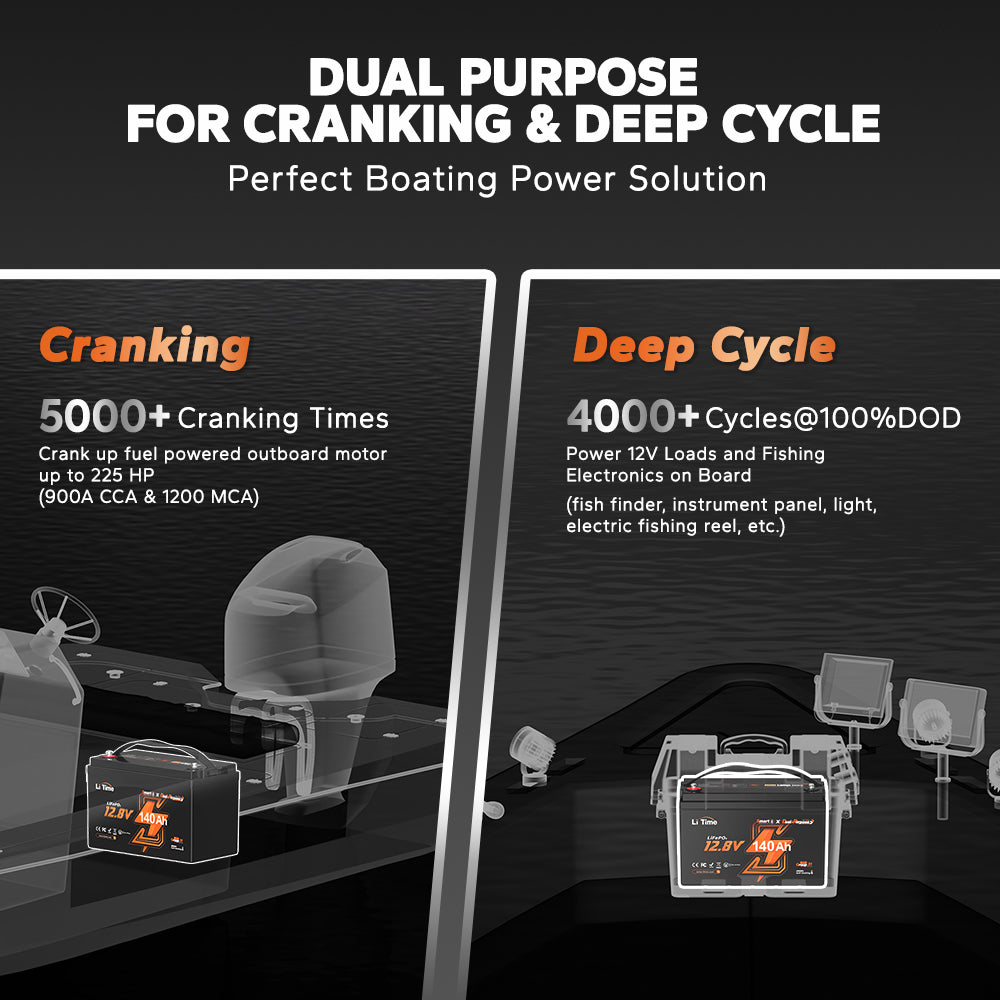
Step 3: Select the Battery Chemistry.
This decision balances budget, performance, and maintenance preferences.
- Prioritize Lowest Upfront Cost & Don't Mind Maintenance: A traditional Flooded Lead-Acid (FLA) battery is the most budget-friendly choice.
- Want Maintenance-Free Reliability & Better Performance: An AGM battery is the recommended choice. It's sealed, vibration-resistant, and requires no watering.
- Want the Longest Lifespan, Lightest Weight, and Best Performance: Invest in a Lithium (LiFePO4) Marine Battery. Despite a higher initial cost, its longevity and efficiency make it the most cost-effective deep cycle marine battery over time.
Step 4: Final Checks.
Before finalizing your purchase, perform these crucial compatibility checks:
- Check Physical Dimensions: Ensure the battery will physically fit in your boat's battery compartment.
- Verify Terminal Type and Position: Confirm that the terminals (e.g., threaded studs, posts) match your boat's cables and are in the correct location (e.g., top-post vs. side-post).
- Confirm Charger Compatibility: Ensure your battery charger for marine use is compatible with the battery chemistry you've chosen. You must use a lithium-specific charger for lithium batteries to ensure safety and longevity.
By following these four steps, you can systematically narrow down the options and find the best marine battery that delivers reliable power, safety, and value for your specific adventures on the water.
Frequently Asked Questions (FAQ)
Here are clear, concise answers to the most common questions about marine batteries.
Q: What's the difference between a marine battery and a regular battery?
A: The core difference lies in design and purpose.
- A marine battery is built with thicker plates for superior vibration resistance, is often sealed to prevent acid spills, and is engineered for both engine starting and providing sustained "deep cycle" power to electronics.
- A regular car battery is designed only for short, high-power bursts to start an engine and cannot handle the deep discharges or harsh conditions of marine use.
Q: Can I use a car battery as a marine battery?
A: It is strongly discouraged. While it might work in an emergency, a car battery lacks the vibration resistance, spill-proof design, and deep-cycle capability of a dedicated marine battery. Using one on a boat risks premature failure, safety hazards from acid leaks, and leaves you stranded with a dead battery.
Q: What is the best battery for marine use?
A: The "best" marine battery depends on your specific needs:
- For starting the engine only: A Marine Starting Battery.
- For powering trolling motors and electronics: A Deep Cycle Marine Battery (AGM or Lithium).
- For a single-battery solution that does both: A Dual-Purpose Marine Battery.
- For most boaters seeking the best long-term performance, a Lithium Deep Cycle Marine Battery from a reputable brand like LiTime Australia offers the longest lifespan, lightest weight, and most reliable power.
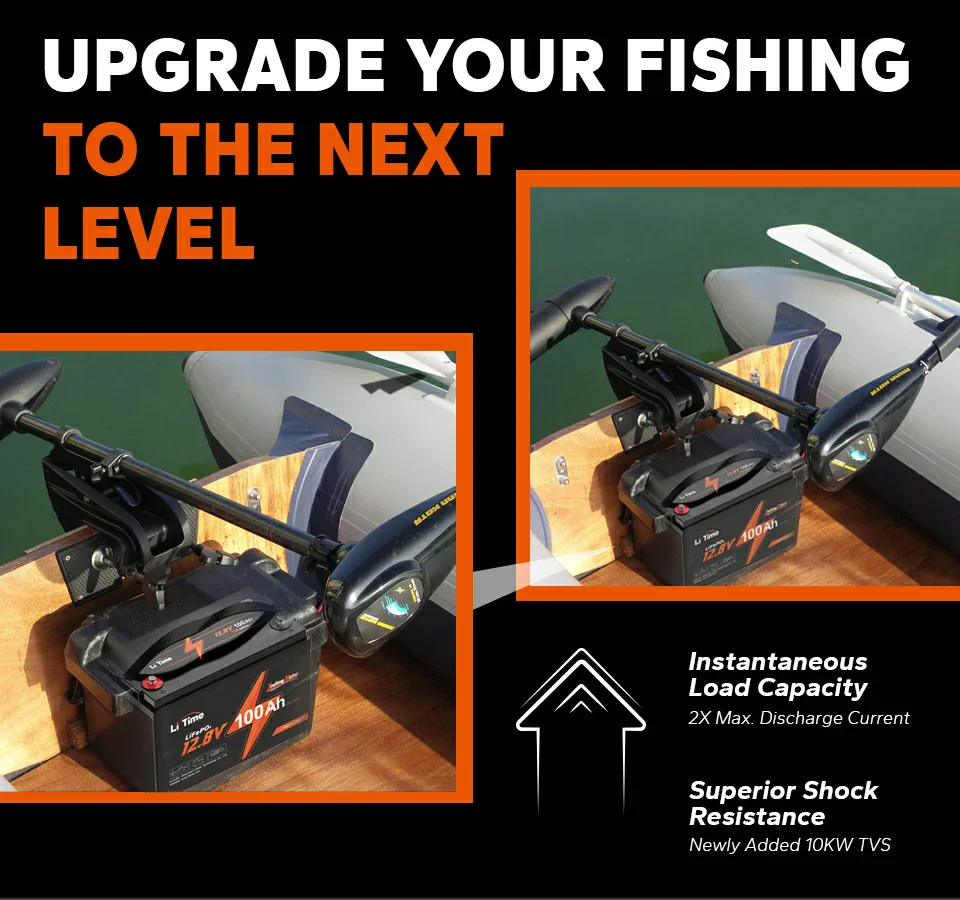
Conclusion
Choosing the right marine battery is fundamental for safety and performance on the water. By understanding the critical differences from car batteries, recognizing the various types like deep cycle marine battery, and following a clear selection process, you can make a confident choice.
